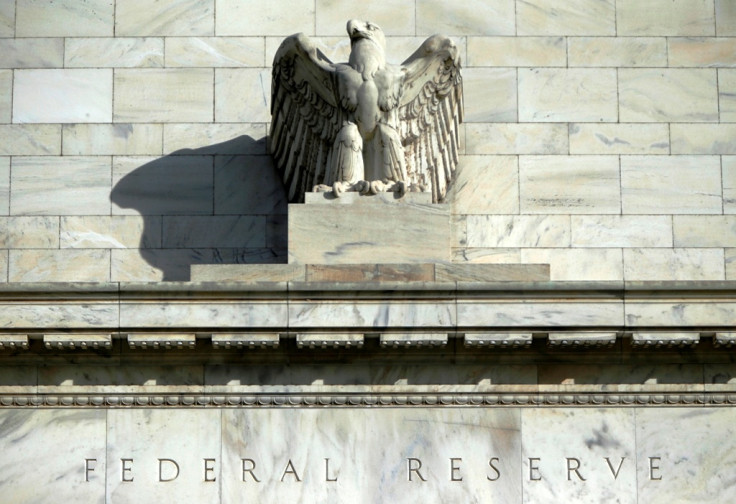US GDP beats expectations and sends markets soaring

A higher than expected rise in revised second quarter gross domestic product sent US markets soaring after a week of turmoil.
The US economy grew by 3.7%, an upward revision from the first estimate of 2.3% and 0.5 percentage points higher than market expectations of 3.2%.
Buoyed by the news, the Dow Jones Industrial average jumped by 1.13% while the Nasdaq gained 1.36%, escaping correction territory after a torrid week linked to a stock market crash and slowing growth in China. The S&P 500 index rose by 25 points.
IHS Chief Economist Nariman Behravesh said that the more upbeat reading of quarterly GDP could be attributed to an increase in construction activity and a hike in business investment, which was up by 3.2% against an estimated fall of 0.6%.
However, he warned that recent market turbulence could impact growth.
He said: "The correction will undoubtedly impact growth in the third quarter, and perhaps the fourth. It is too soon to tell if recent unpredictability in world financial markets will result in a sharp adjustment as businesses react quickly to fears of holding significant excess inventory in such an environment."
It was the second consecutive day of gains on the US markets after investors responded positively to a 2.2% hike in durable goods orders in July, published on Wednesday, the biggest rise in more than a year. The US Department of Commerce also revealed that retail sales, the housing market and overall consumer spending in the US indicate a continued economic recovery.
Along with GDP, it was announced that corporate profits in the second quarter increased 2.4% while government spending in the second quarter of 2015 was at its fastest since 2010.
Nevertheless, rate setters at the Federal Reserve are expected to pay more heed to market volatility when considering whether to hike rates before the end of the year.
Behravesh added: "The Federal Reserve will pay more attention to financial turbulence than the positive revision to GDP, especially with almost half of the upward revision springing from the upgrade to inventory building.
"Thus, a riskier outlook for the last half increases the probability that the Federal Reserve will defer tightening until the financial waters are less choppy."
© Copyright IBTimes 2025. All rights reserved.






















